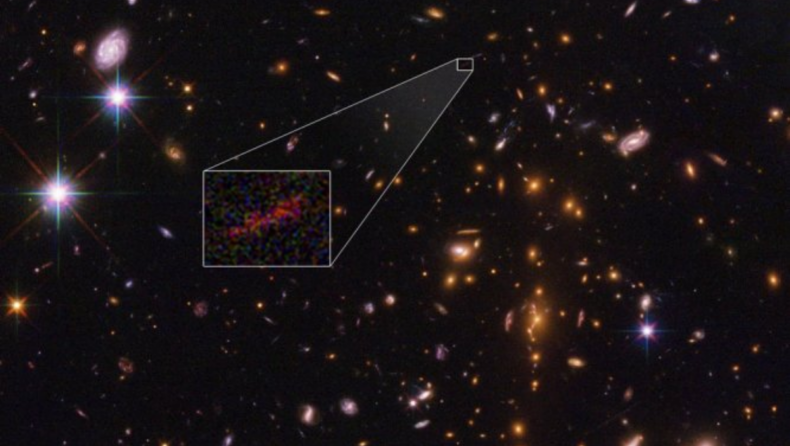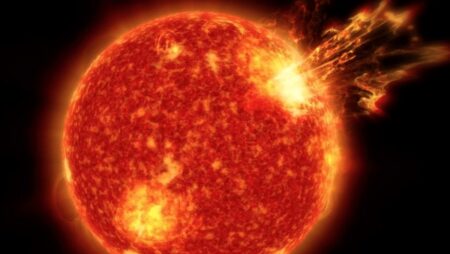A few days ago, astronomers found a star that is the farthest away in the universe. They have now found the most faraway astronomical object ever and that it is a galaxy. The galaxy may be creating stars at an incredible rate, according to researchers who published their results in The Astrophysical Journal.

The galaxy, designated HD1, is 13.5 billion light-years distant from Earth, which is 100 million light-years further away than the previous record-holder. Surprisingly, it may even be residence to Population III stars, the universe’s earliest stars.
HD1 was discovered after over 1,200 hours of field observations from the Subaru Telescope, VISTA Telescope, UK Infrared Telescope, and Spitzer Space Telescope.
A multinational team of scientists, comprising those from Harvard’s Center for Astrophysics and the Smithsonian Institution, discovered the finding. The researchers attempted to decode the nature of the galaxy in a supplemental paper published in the Monthly Notices of the Royal Astronomical Society Letters (MNRAS).
They believe the galaxy has a supermassive black hole 100 million times the mass of our own Sun. One feature of HD1 that specialists are sure of is its exceptional brightness in UV light.
Because extremely ancient light is stretched over time as it travels across space, HD1 appears red. The wavelength of red light is the longest. Galaxies that are far away from us appear to be moving away from us more quickly than those that are closer to us. As a result, their glow is much redder.
According to Fabio Pascucci, the main author of the MNRAS study, “certain energetic processes are occurring there or, better still, did occur several billions of years ago”. The astounding rate at which the HD1 galaxy is churning out new stars is yet another intriguing discovery made by researchers. In the beginning, this galaxy was thought to be a starburst galaxy, a galaxy that generates a lot of stars.
Nevertheless, the HD1 surpassed scientists’ predictions since it produces 100 stars annually, which would be ten times more than the pace predicted from galaxies of this kind. And this led them to believe that the stars getting developed were not ordinary ones.
The features of HD1’s stars might be better explained if we think they are the first stars or Population III stars. It is theorized that these so-called Population III stars are extraordinarily massive, brilliant, hot, and short-lived and that they are made virtually entirely of hydrogen and helium.
HD1’s extraordinary ultraviolet brightness might be explained by the fact that Population III stars are capable of emitting more UV radiation than regular stars, Pascucci added. The supermassive black hole in the center of the galaxy, according to an alternative idea, might also be to blame for HD1’s high brightness.
As it consumes massive volumes of gas, high-energy photons may be released by the zone around the black hole.
If that’s the scenario, it has been by far the oldest surviving supermassive black hole ever discovered by humans, having been discovered significantly closer to the Big Bang than GN-z11, which now holds the record for the furthest galaxy ever discovered.
In the early Universe, HD1 may be thought of as a “huge baby in the delivery room,” according to Professor Avi Loeb, who is an astronomer at the Harvard and Smithsonian Centers for Astrophysics.
Astronomers are currently looking for ways to double-check their findings. Although the signal from HD1 has 99.9 percent significance, observers will not be convinced unless they have a value of 99.999 percent or higher. Whenever the James Webb Cosmic Telescope uses its infrared-focused sensors to take a closer look at the galaxy, the scientists may be able to take advantage of the chance.
If scientists can prove the existence of HD1, a slew of new questions will arise. HD1 defies established ideas of galaxy formation, implying the presence of exceptionally luminous objects in the early cosmos. No one in the astronomy field will be mad about this, because it will help them improve their theories about the universe.

Published By: Aman Gupta
Edited By: Vanshika Sahu













